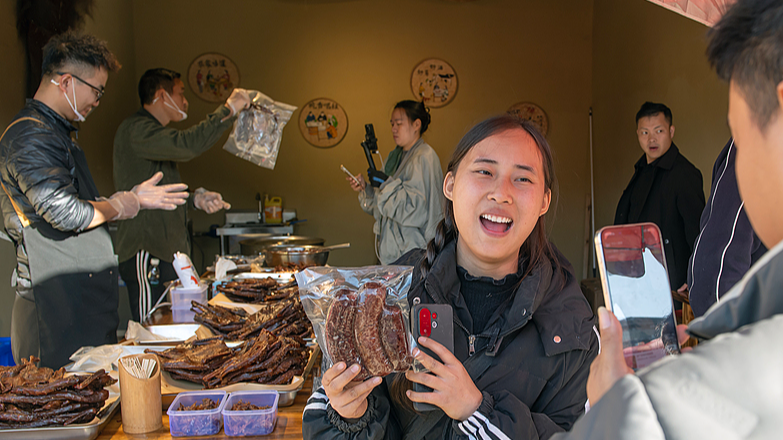Artificial intelligence is shaping every corner of our lives—from the apps we tap on commutes to the algorithms driving financial markets. But as AI systems expand, a critical question emerges: Who truly benefits?
Bridging the Global AI Gap
Despite breakthroughs in machine learning and natural language processing, most AI models today are trained on data from a handful of countries and languages. Industry research shows that fewer than 5% of the world's languages are represented in leading AI platforms, leaving billions of people at the fringe of this digital revolution. To equalize AI, innovators and policymakers are teaming up to gather culturally diverse data sets and build tools that understand local contexts—from low-bandwidth chatbots in rural Africa to multilingual translation engines for global travelers.
Designing for Inclusion
In tech hubs like Bangalore, Buenos Aires, and Berlin, startups are prototyping AI solutions co-created with underrepresented communities. Take "AgriVoice," a project that uses speech recognition tuned to regional dialects, helping farmers across the Global South unlock real-time weather alerts and market insights. By involving end users in every step—from data labeling to UI testing—these teams ensure the technology addresses real-world needs, not just theoretical benchmarks.
Policies and Partnerships
Building an inclusive future requires more than code. Governments, NGOs, and global forums are drafting ethical frameworks to govern AI development and deployment. International guidelines emphasize transparency, privacy, and fairness—urging tech leaders from G20 nations to coordinate on cross-border data sharing and unified standards. Meanwhile, public-private partnerships are funding low-cost AI education programs for digital nomads and young innovators, seeding a pipeline of diverse talent ready to tackle tomorrow's challenges.
Looking Ahead
Equalized AI isn't just a lofty ideal—it's a roadmap for a world where technology empowers everyone. By blending data-driven insights with human-centered design, we can unlock AI's potential to address climate change, revolutionize healthcare, and foster cross-cultural understanding. The future of AI belongs to all of us; it's time we build it together.
Reference(s):
Towards equalized AI: How we can build a more inclusive future
cgtn.com




